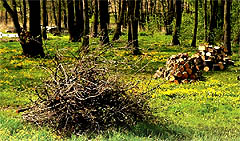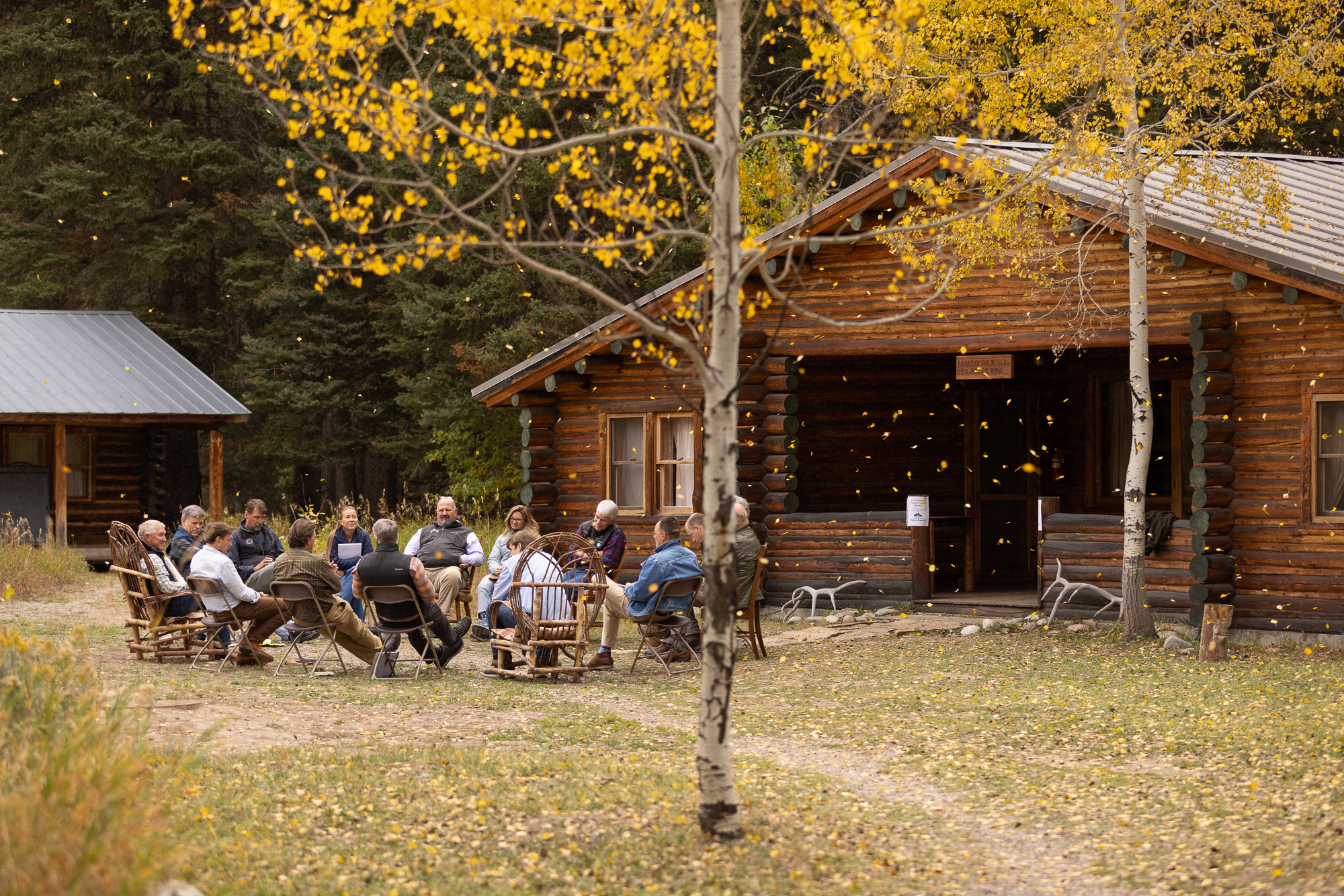Typically in the past, rural and suburban landowners had no trouble taking care of their seasonal accumulations of brush, branches, dead leaves, and other organic debris. They piled it in the backyard and set it alight. Now, many towns and counties ban outdoor burning as the smoke can cause health problems.
The alternative is to haul the debris to the landfill and deposit it there, usually for a price. However, a growing number of landowners have taken another route. They still move the broken tree branches and hedge trimmings to the backyard, but instead of setting them on fire, they just let them sit. The piles grow higher, 12 feet, 14 feet, and then shrink for a while as the material decomposes. Although unsightly to some, the piles are home to others –birds, rabbits, racoons, salamanders, a whole panoply of wildlife.
There are even rules for setting up and managing a debris pile. They should be placed in transition zones from one habitat to another such as at the edge of a meadow bordering a wooded area. They should not be located in a depression that collects water or cold air. They should not be near busy roads that could be hazardous to wildlife. The pile should receive partial exposure to sunlight, and new materials should be added regularly to replace the decaying organic matter.
If properly constructed and cared for, these piles can provide shelter for birds in strong winds. Those with logs and large branches at the base offer spots for snakes, lizards, and salamanders to hibernate. Burrowing animals can locate the entrances to their homes within the safety of the prickly pile.
The debris pile is probably still more acceptable in rural areas than suburbia, but the idea is spreading. Landowners are providing new wildlife habitat while saving a trip to the landfill and keeping smoke out of the air. And the piles add a sculptural element to the landscape –according to some.
 Olympian
Olympian


